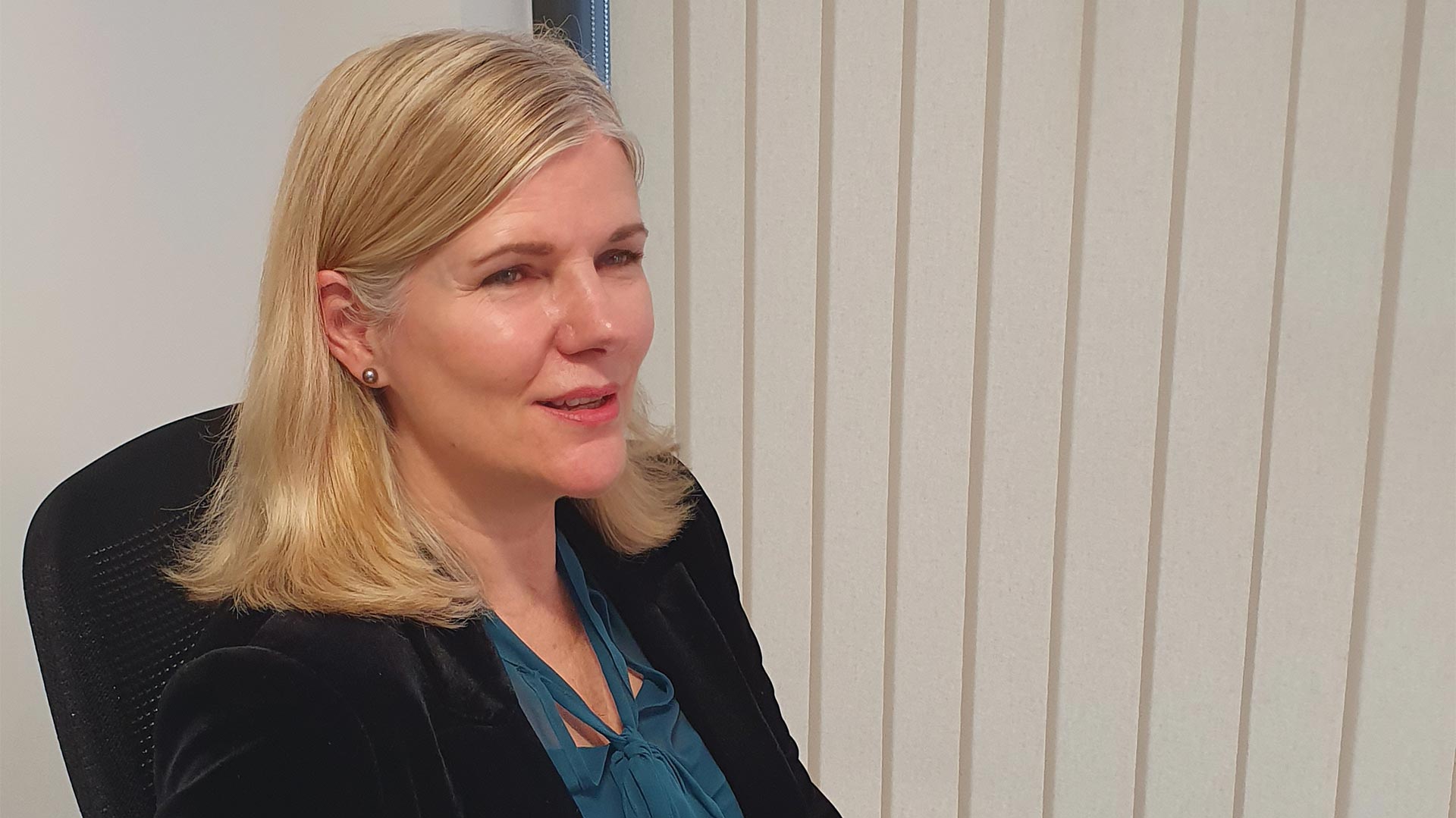Small World Financial Services is a regulated global money transfer company with around 15 million customers. With a wide financial remit – over 250,000 cash pick-up locations in over 90 countries – the responsibility for keeping the company’s treasury operations running as smoothly as possible sits with Julia Fordham.

Tell us how you got to your current position.
I started life as a banker back in the early 1990s, following my early training as a graduate entrant at Barclays Bank on its management development programme. I was approached by Morgan Stanley (our client) and asked if I would consider moving into treasury.
I said I wasn’t interested because at that time I was thinking of moving out of banking for something completely different, possibly in marketing or publishing – but they assured me that the role was not just ‘more of the same’, but rather it was in their corporate treasury function, and they wanted me to come and check it out. I liked what I saw and took them up on the offer. I started out in the bank relations team, then sat my ACT exams and broadened out into different roles, to make sure I made the most of it as a career opportunity.
After Morgan Stanley was rescued during the 2008 financial crisis, I thought it was time to move on and so joined Old Mutual plc’s group treasury function in late 2009 as Head of Funding and Risk. The treasury department at holding company level was somewhat more ‘corporate’ in focus, and being based in its London head office I was involved in bond issuance and liability management for the first time which was a real kind of intellectual challenge. I was also in charge of the middle office function, monitoring daily treasury activities from a risk perspective.
When I was appointed at Small World, the company wanted to ensure that the treasury model was fit for purpose, as the business has grown extremely quickly through a combination of acquisitions and organic growth in recent years. So my primary focus has been looking at the treasury operations to ensure they are scalable as volumes grow, and to really make sure we are doing the best we possibly can for our customers.
What are the main challenges you’re seeing with the rise of technology in treasury?
Technology has certainly shifted up a gear with the rise of artificial intelligence (AI), robotics and machine learning. But the sheer fact of life for most treasurers is that they are in a constant fight to get budget, to get not only the headcount but the systems to start implementing and leveraging those new opportunities.
I think the challenge for many treasurers today is still the need to actually get treasury issues in front of the board.It’s not unusual for companies to function adequately for many years without a treasurer,but then by the time they need one, they really need one–meaning projects need to be implemented in a hurry–so I truly wish that treasury was a better understood profession than it currently is.
The pace of change in technology development in this market is as much of a challenge as an opportunity; not least because of the risk of ending up with technology which quickly becomes out of date. The key is to keep listening and to stay connected to your treasury network because the market, particularly in payments and cash management, is moving so quickly that it’s hard to stay abreast of what the best solution is.
These decisions are a pain point for treasury, especially when most treasury teams are already fully engaged in managing ‘business as usual’ and when the environment may be completely different in six months’ time. I think that’s why you see so many companies go to consultancies.
How do you see the payments technology landscape looking in the future?
Banks, to some extent, have been slow to provide real-time payment solutions. By definition, ultimately real-time payments would mean the mechanisms of value transfer being available 24 hours a day, seven days a week, 365 days a year, and if there is a reluctance by banks to implement this availability then maybe it’s because they struggle with the same sort of issues that everyone else is dealing with – round-the-clock availability of staff and, crucially, of liquidity and collateral.
The current economic landscape isn’t helping the case for technology in treasury. I think we are in for a bit of a difficult time economically but, even if there is no global recession, companies are definitely cautious. If this sentiment continues in the long term then to me, it only exacerbates the need to get treasury better understood and ‘out there’ as a profession.
Lots of things happen in economic good times, such as the promotion of flexible working and other staff retention initiatives, as well as a willingness to invest in new technology such as AI, machine learning or a TMS. However, in cautious times, sadly investment can get pushed to the back burner, whether that is in people or systems. A recession would put many companies into survival mode.
The full version of this interview is available in the January/February 2020 edition in print and online.